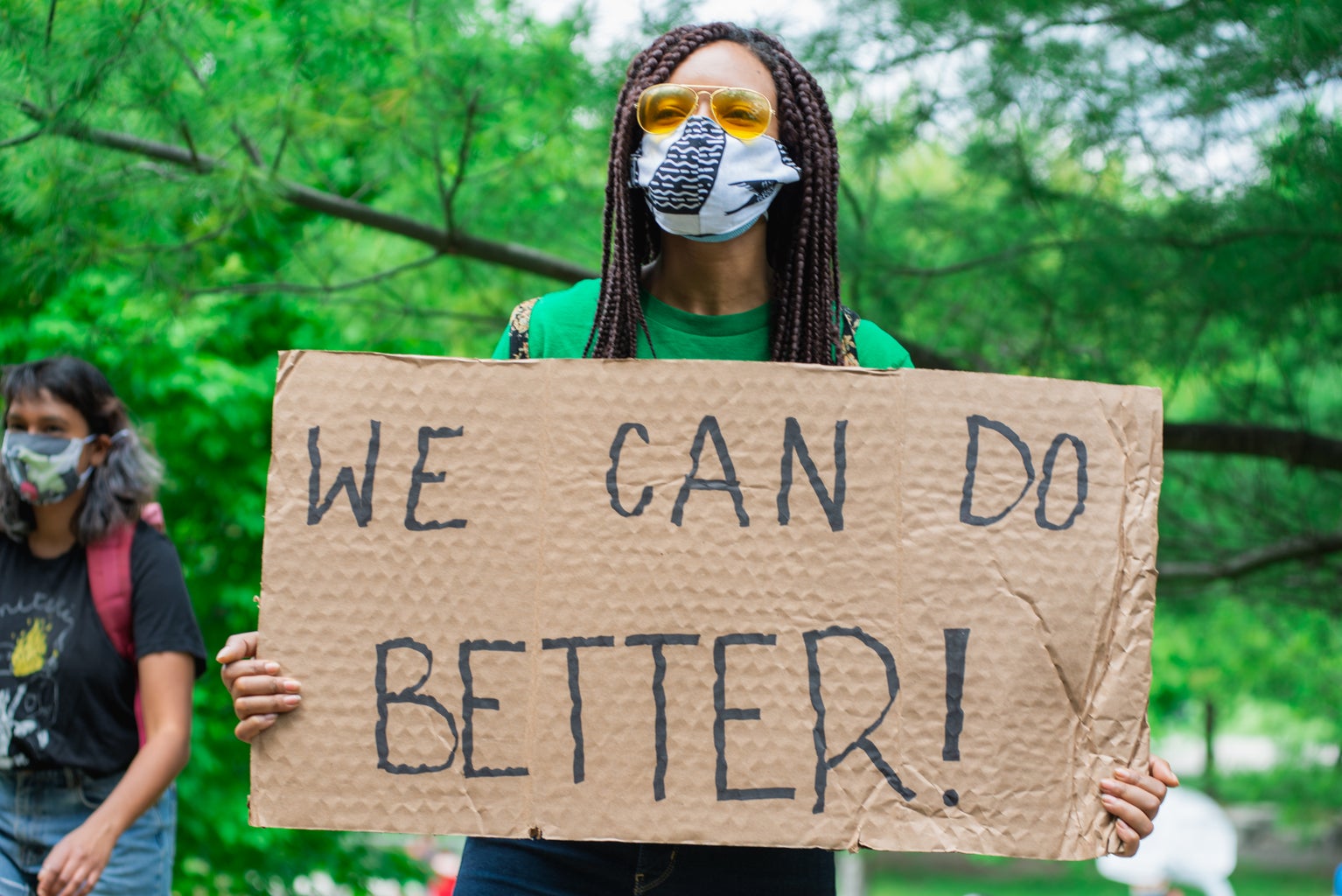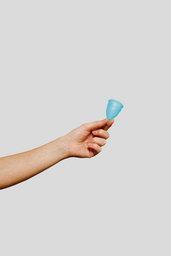Menstruators lose, on average, about 35ml of blood per monthly menstruation. That’s 420ml per year multiplied by almost a lifetime of bleeding. Although a substantial amount of blood is shed, there isn’t much harm done to ourselves or the Earth. However, the amount of menstrual products used by these menstruators is another story. Let’s do some more math. If I use only tampons, I’m opening about 16 individual packages per period. That’s 192 tampon applicators going to waste each year. A typical store-bought tampon is packed with plastic twice between the wrapping and the applicator. A pad tends to come with even more packaging. They get used, thrown into the trash, tossed onto the street, and washed out into our oceans. In addition, the amount of cotton that’s used in tampons is a huge issue when it comes to environmental impact because it requires a lot of water to grow and increases pesticide usage if grown commercially.Let’s make periods easier on both our bodies and our planet. It’s essential to eliminate chemicals in our soils and our atmosphere, as well as the toxins in our bodies. There are many options for menstrual products that make a definite, positive impact on our environment. In order to reduce my personal environmental impact, I use a menstrual cup.
Menstrual cups come with many pros and, of course, like anything else, a few cons. The most important advantage is definitely the way it impacts the Earth. Unlike pads and tampons, menstrual cups can last up to ten years, which greatly reduces menstrual product waste. One year of using a cup is about 192 fewer individual tampon packages on our planet. The harmful chemicals found in typical pads and tampons, such as dioxin, chlorine, and pesticides, are not found in cups and therefore aren’t put into our landfills or our bodies.
There are only two cons that I come across while using my cup. First, it can be difficult to wash in a public restroom, but if you really need to, go for it! Who cares what others think. You’re benefiting their planet. The second con is that it needs to be deep-cleaned, so it does require you to take time out of your day to boil it on a stove. You should give your cup a boil after every period. However, once you develop the best cleaning system for your body, you’ll find the advantages greatly outweigh the slight inconvenience.
Cups are ultimately superior for your body, your wallet, and the environment. Their cardinal advantage is that they don’t carry the same damaging chemicals as pads and tampons. They also don’t cause toxic shock syndrome, even if you do leave one in for the maximum twelve hours that you’re allowed to (which is four more hours than you can leave a tampon in for). I’ve never leaked from my cup and never had an issue with putting it in. Purchasing a cup is a one time deal, while buying tampons or pads is a once a month deal. That’s a lot of expenses.
In short, consider investing in a cup — it’s a simple yet cost-effective way to make a positive impact not just on your own personal health, but on the health of your community and the broader global environment.




